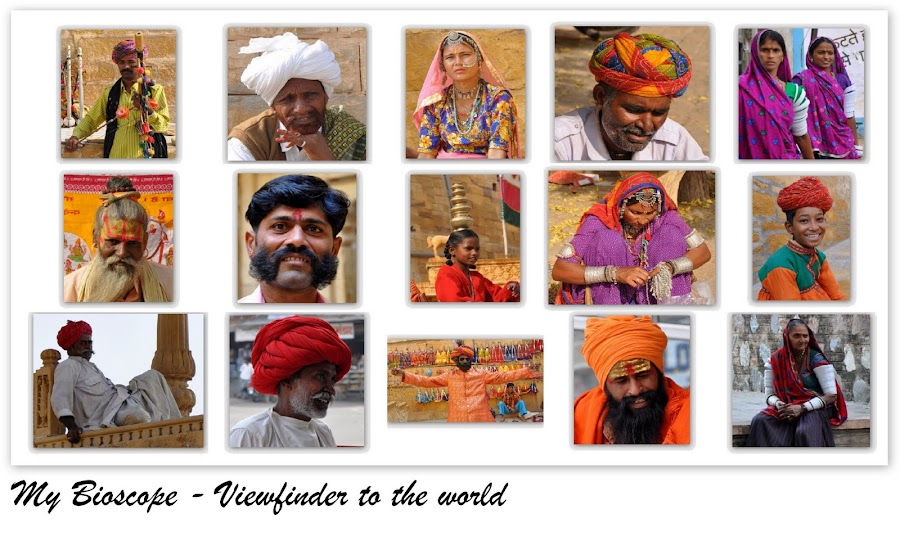Maharashtra Nature Park, also called the Mahim Nature Park (MNP), is a 15 hectare (37 acres) patch of green in Mumbai, which comes as a shock (albeit a pleasant one) to anybody who visits it, especially during the monsoons. One of the reasons for the surprise is, apart from the fact that it is situated in Mumbai - a concrete jungle with sky high land prices, its location “within” Mumbai! How does this sound for a place that resembles a mini forest? – located on the Southern bank of the dirty Mithi River and squeezed between Asia's largest slum Dharavi and Mumbai's most sought after business location, the Bandra Kurla Complex!
Sunday, 25 July 2010
Maharashtra Nature Park, Mumbai: Butterfly diaries and more…
Labels:
Abstract,
Forest,
Insect,
Maharashtra,
Mumbai,
Plants,
River,
Travelogue
Wednesday, 14 July 2010
Lahaul - Spiti Valley Jeep Safari: Notes & anecdotes from a 7 day odyssey through the middle land!
Connoisseur’s delight…door to freedom...
Spiti Valley came on my radar a couple of years back while researching some exotic driving holidays in the Himalayas. I was instantly taken in. Ladakh had been on my travel list for over seven years (since the time the populace had not even heard about it), but seeing the swarm of casual tourists thronging to it since the release of 3 Idiots, I decided that it had to be Spiti that I must visit this time around, before the hotels over there too started dishing out thalis!
Spiti, which means ‘the middle country’, is the land of ragged and snow capped mountains that reach out to the clear deep blue skies. Here, in the cold desert, trees are scarce and the moonscape expansive. Spiti is the land of several perennial rivers - Spiti, Pin, Chandra - whose gurgling sounds will soothe you in the night and whose ferocity will awe you when you travel alongside them in the day time. Ah, and not to mention the placid, azure blue lakes like Chandra Taal, Nako, Dhankar. The observer would also be struck by some of the most beautiful canyons and the most unusual clay and rock formations along the river bed and in the mountains. The continuity of the landscape is only broken by numerous waterfalls and glaciers, including one of world's largest non-polar glaciers - Bara Shigri.
- living at an average altitude of 4,250 metres in a cold desert;
- travelling on narrow (single lane), gravel and water filled roads winding through the Himalayas, which stare thousands of feet down into a violent river, and where road blocks due to landslides and snowfalls are as common as the day and night;
- living without newspaper and telecommunication network (save for BSNL) in a place unscathed by modernity;
 |
| View of Spiti Valley from Kye Monastery |
Subscribe to:
Comments (Atom)











